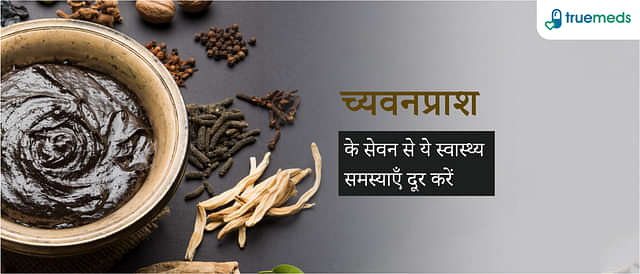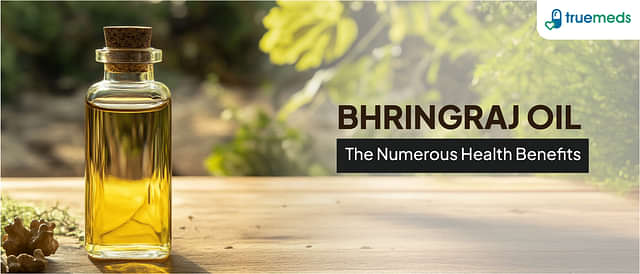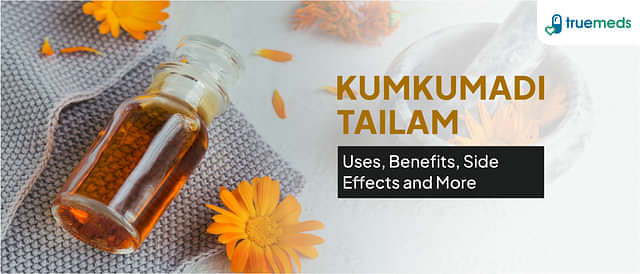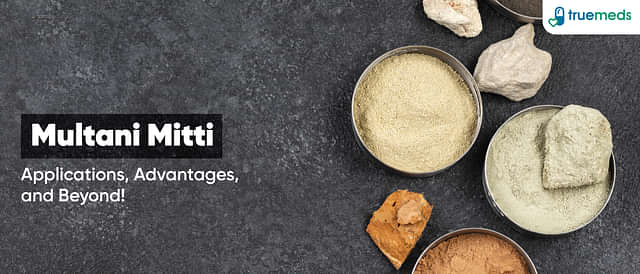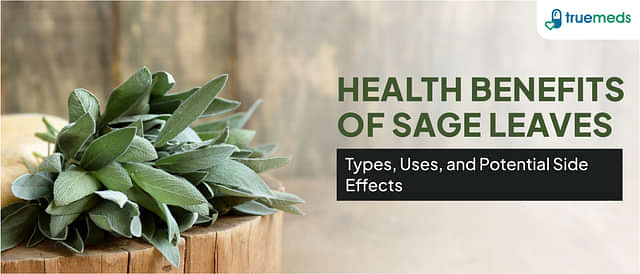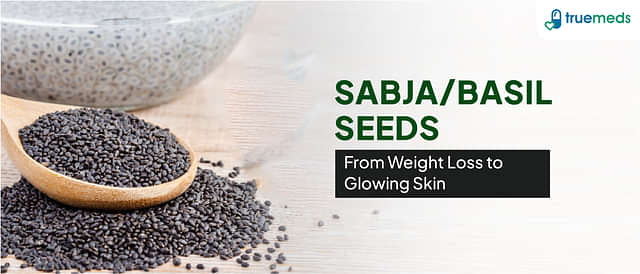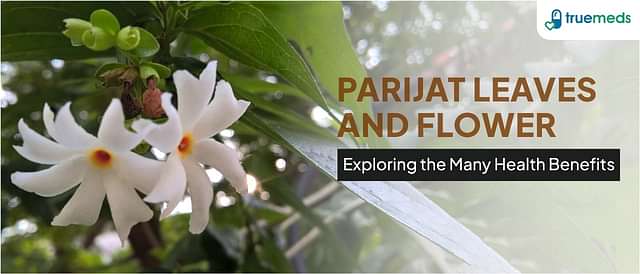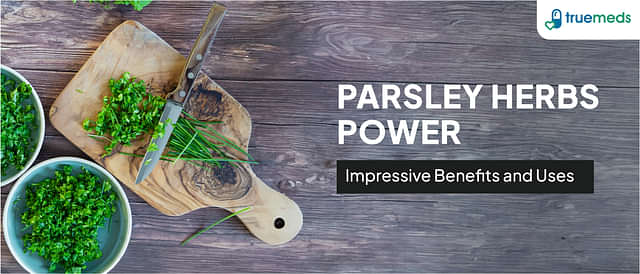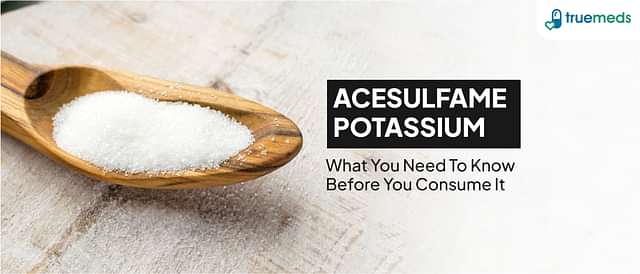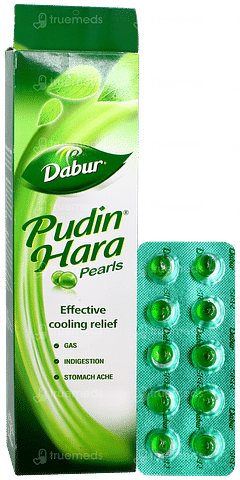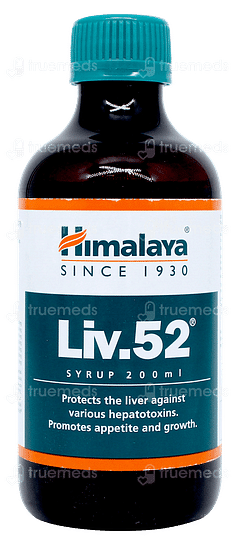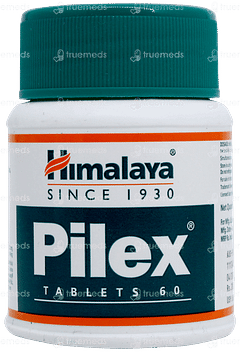Stone Flower
The Stone Flower, or Parmotrema Perlatum, is a special lichen widely used in Ayurveda and other cuisines. It is normally found growing on rocks and tree trunks in humid environments, making this grey-green herb prized for its earthy flavour and health benefits. The Stone Flower is also high in antioxidants and has antimicrobial properties; therefore, it is an ingredient for herbal remedies in Ayurvedic medicine. In culinary applications, it adds a unique woody flavour to meals — most prevalent in Indian cuisine, where they are commonly used in spice mixes such as Goda Masala, which elevates the taste of curries and stews.
Last updated on : 18 Aug, 2025
Read time : 14 mins
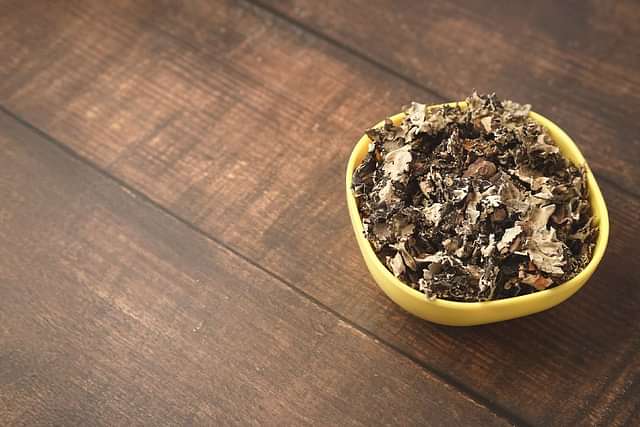
What is a Stone Flower?
The Stone Flower, known as Parmotrema Perlatum, is a foliose lichen that grows on the bark of trees and stones in numerous locales, particularly the Himalayas and northeast parts of India. Its symbiotic relationship, primarily between a fungus and an algae, causes it to have a very different morphology and remarkable resistance to environmental stresses.
Stone Flower uses have potential benefits in ancient medicine. They are high in antioxidants, combating oxidative stress and promoting good health. It also has antimicrobial qualities, which ward off various types of bacterial and fungal infections. This was established by a study in the Journal of Ethnopharmacology that took this into account while examining this association.
In Indian cuisines, local dialects call the Stone Flower Kalpasi, a rare spice found in India. The Maharashtrian Goda Masala is an example that adds a unique earthy-woody flavour to dishes. Its subtle yet distinctive flavour adds depth and aroma to curries and meat dishes.
As for the ecological significance of the Stone Flower, it contributes by participating in the nitrogen cycle and serving as an indicator of air pollution, underscoring its significance beyond its culinary and medicinal uses.
Quick Facts
| Feature | Details |
| What is Stone Flower | Stone Flower, also known as Parmotrema Perlatum, is a lichen in the genus Lichen. It can be found on rocks and tree bark in different parts of the world. Stone Flower is a distinctive herb that results from the symbiotic association of algae and fungi, often with a grey-green to greenish hue. In addition to being an ecological indicator, showing air quality and trace metal, it is also an ingredient in Indian cuisine prized for its rich flavour and aroma. |
| Alternative Names |
|
| Medicinal value |
|
| Common Use |
|
| Health Benefits |
|
| Precautions |
|
| How To Use |
|
| Recommended Dosage | For Adults
For Specific Conditions
For Children: A safe range is 0.5–1 grams per day. |
| Side Effects |
|
| Interaction |
|
| Storage | Store in a cool and dry place |
Alternative Names of Stone Flower
Stone Flowers are also named Parmotrema Perlatum / Parmelia perlata scientifically, along with other names in different regions, due to their vast application and cultural importance. Some other names of Stone Flowers are as follows:
- Black Stone Flower: Commonly used in English because of their appearance and is well-known in culinary contexts.
- Kalpasi or Kalpas: In India, it is popularly known by these names and is an ingredient used in many regional dishes.
- Dagad Phool: Another name in India, particularly used in ayurvedic medicine due to its medicinal properties.
- Queen Ruffle: This name is most often used in America and reflects the piesticks' ruffle frill appearance.
- Sea Lichen: Sometimes referred to by this name due to its edaphological habits which include seaside rocks.
The name highlights the many ways in which Stone Flower can be considered for both its culinary and medicinal uses. The names themselves are a reminder of the diversity and complexity of local culture and show how cultures in different places have viewed or used this lichen.
Medicinal Value of Stone Flower
Stone Flower (Parmotrema Perlatum) has great medicinal importance, especially in Ayurvedic and Siddha systems of medicine. It has cooling and astringent properties and is used for the management of gastritis, skin disease, asthma, kidney stones and diabetes. It is used in healing wounds and for bacterial viral infections due to its antibacterial, antiviral, and anti-inflammatory properties. Stone Flower is also known to have good control over enzymes, which help in glucose absorption and hence manage diabetes or blood sugar levels.
Studies have identified it for wound healing because of the astringent ability that controls pain and prevents sepsis. The antioxidant effects also help to heal the body, preventing further damage and maintaining good health. This extensive medicinal profile highlights the flexibility and diversity of medicine found in this lichen.
Health Benefits of Stone Flower
Stone Flowers are considered precious herbs in several traditional medicine systems due to their wide range of biomedical properties. Some Stone Flower benefits are as follows:
1. Builds the Immune System
Stone Flowers are rich in antioxidants, which protect the body from free radicals. These compounds boost the immune system by improving the body's defence against infections and diseases. Regular consumption of Stone Flowers can help lower the risk of developing chronic ailments, including heart disease and certain cancers.
2. Promotes Respiratory Health
In India, rock moss has been used for centuries in Ayurvedic medicine to improve respiratory problems such as bronchitis and asthma. The vata and kapha balancing effect on the body is beneficial for lung irritation, which can decrease coughing, wheezing, and dyspnoea symptoms. It naturally clears the respiratory system, making breathing easier. The presence of anti-inflammatory compounds like usnic acid adds to these benefits.
3. Digestive Support
It has been used for centuries to aid digestion and regulate bile production. It is effective in easing digestive issues like slobbering, nausea, and vomiting. This herb also has mild laxative properties, making it useful for managing constipation. Additionally, it supports liver health by promoting detoxification.
4. Wound Healing
Consuming Stone Flowers helps in recovering from wounds and cuts sores very easily because of their anti-inflammatory and antibacterial properties. The application of a paste prepared from this herb also helps reduce inflammation, relieve pain, and control infection. The usnic acid in it lessens the inflammation and shows significant improvements. Consequently, it is an essential ingredient in many traditional wound-healing formulations.
5. Anti-Diabetic Properties
Recent research has shown the beneficial effects of Stone Flowers on blood sugar maintenance. The herb affects the enzymes that regulate the absorption of glucose, lowering blood sugar levels. So, it serves as an effective home remedy for diabetes.
6. Cardiovascular Benefits
Stone Flowers are rich in antioxidants and anti-inflammatory compounds that help maintain heart health. In the cardiovascular system, they decrease oxidative stress and inflammation, which reduces the predisposition to conditions like hypertension and atherosclerosis.
7. Urinary tract Health
Stone Flowers are valued for its diuretic properties, which may help in managing kidney stones by supporting urine production. This lichen is also well-known for its antibacterial and anti-inflammatory effects, making it useful for managing urinary tract infections.
Common Uses for Stone Flower
The Stone Flower, scientifically known as Parmotrema Perlatum, is often utilised in traditional healing practices to address a range of health issues.
- Sores and Inflammation: It has antibacterial and anti-inflammatory properties. Due to this, Stone Flowers can be applied as a topical management for sores, boils, wounds, etc. The simple method of allaying a dried lichen in buttermilk and applying it like a poultice to the affected skin brings relief from the painful itches. A paste of Stone Flower leaves mixed with turmeric powder is used topically on the affected area to reduce inflammation and soothe the skin.
- Bronchitis: The herb balances the body’s doshas, which makes it useful in treating respiratory problems like bronchitis. Moreover, its cooling effect helps reduce throat infection and coughing. For this, it can be made into a decoction and used once or twice a day.
- Excessive salivation and vomiting: Stone Flower helps in reducing the excessive salivation and vomiting caused by digestive imbalance or bloating. It balances the digestive system by promoting proper bile secretion and reducing the overheating of the stomach.
- Toothache: The herb has antibacterial properties, thus used as a medicine for oral infections as well as to relieve toothache.
- Boils: Stone Flowers have anti-inflammatory properties that are used to reduce the swelling of the boils and speed up the healing process.
Precautions While Taking Stone Flower
Stone Flowers offer various health advantages, but it is essential to take some precautions.
1. Allergic Reactions
If you are allergic to lichens or moulds, you may develop an allergic reaction when using Stone Flowers. Sometimes, it might cause symptoms like cough and fever, especially in people with weak immunity. It is always better to do a patch test before using Stone Flowers on the skin.
2. Talk to your doctor
If you are pregnant, nursing, or have some other health conditions, consult your physician before consuming Stone Flower. They can potentially interact with medications and existing health.
3. Proper Dosage
All parts of the tree are safe for culinary and medicinal use. However, high doses of Stone Flower can cause digestive issues. The key is to stay within suggested doses and not go beyond without consultation with a physician.
4. Quality of the Herb
Only good-quality Stone Flower medicinal herbs are grown by reputable suppliers. Herbs collected from contaminated land may contain heavy metals and toxins, which can be harmful.
How to Use Stone Flower
The recommended doses for Stone Flower vary depending on its intended applications and forms.
- Culinary Use: In cooking, as a spice, 1/2 to 1 gram (approximately) is sufficient to enhance the flavour of dishes like curries and meats. During tempering, it is generally put into dishes as a tempered stage so that maximum aroma can be released.
- Medicinal Use: For internal use in managing ailments like bronchitis, digestive disorders, and diabetes. Nevertheless, no dose should be higher than 2 grams per day without speculation to avoid any adverse side effects.
- Topical Application: The paste of this herb can be applied topically for various skin diseases directly to the affected area. Although there is no fixed dosage for topical use, apply at least once or twice daily.
Recommended Dosage of Stone Flower
Stone Flower, which is also called Parmelia perlata,belongs to the Parmeliaceae family and has been used as a medicinal herb in India since ancient days. It has various health benefits, including anti-inflammatory, antioxidant, and antimicrobial substances.
1. General Guidelines
The Stone Flower dosage may vary depending on several factors, including the age, health, and other conditions of an individual. As always, if you are on prescription medications or have any other health concerns, check in with your healthcare provider before starting these herbs.
For Adults
Powder Form: A general dosage of Stone Flower/shaileya powder for adults is 1 to 3 grams a day. You can mix this with water or add it to food.
Decoction: A common method of preparation involves boiling 5 grams of Stone Flower in 200 ml of water. You can drink this decoction 1 to 2 times a day.
2. For Specific Conditions
Respiratory conditions: For conditions like asthma or bronchitis, a daily dose of 1 to 2 grams in powder form is recommended. For better taste and effectiveness, take it with honey.
Digestive Issues: For better digestion, use 1 to 2 grams of powder daily for better digestion of food and alleviate discomfort.
For Children
Lower Dosage: The dosage for children should be reduced. A safe range is 0.5–1 gram per day, depending on age and health status. It is advisable to consult a paediatrician before giving Stone Flower to children.
Side Effects of Stone Flower
Stone Flower is a medicinal herb used in different traditional practices. Although it is generally considered safe, there are some possible Stone Flower side effects to be aware of.
1. Allergic Reactions
Anyone sensitive to soy can develop symptoms like skin rash, itching, and swelling reaction called hypersensitivity. If you have known allergies to similar plants, be cautious.
2. Cold and Cough
It may exacerbate some problems, especially cough and cold, in people with low immunity and kapha body constitution or who perpetually contend with health issues due to its Sita virya (cold potency).
3. Interactions with Medications
Stone Flowers may interfere with certain medications, especially blood sugar and blood pressure-lowering drugs. You should always consult with a healthcare provider before using it.
4. Pregnancy and Lactation
Pregnant women are not advised to consume Stone Flowers, as very few scientific studies have been conducted on the safety of the substance. It’s best to avoid use unless prescribed by healthcare.
5. Overuse Symptoms
Overconsumption can eventually result in toxicity, presenting symptoms like dizziness or disorientation. It is essential to follow the recommended dosages.
Interaction of Stone Flower With Other Drugs
1. Antidiabetic Medications
Stone Flower and many other common spices like fenugreek, turmeric, black pepper, etc. have potential hypoglycemic effects that may improve the action of antidiabetic drugs such as metformin and sulfonylureas. This can lead to the risk of hypoglycemia. Regular monitoring of blood glucose levels is recommended for those on such medications.
2. Antihypertensive Medications
Stone Flowers can interact with antihypertensive medications, as it may affect blood pressure levels. Its combination with ACE inhibitors or beta-blockers can potentiate the effect, causing life-threatening hypotension.
3. Anticoagulants
The Stone Flower affects blood clotting. If taken with anticoagulants like warfarin, it may increase the risk of bleeding. It is always important to use Stone Flowers in consultation with your healthcare practitioner so that adequate supervision and monitoring can be done from time to time.
Key Takeaways
- A promising medicinal herb, the Stone flower serves various health benefits due to its anti-inflammatory and antioxidant characteristics.
- It has been used traditionally to fight respiratory issues and improve skin health.
- The only thing to be wary of is the side effects it may have, like allergic reactions and gastrointestinal issues if you consume Stone Flower too often.
- Stone flowers interact with other medicines like antidiabetic and antihypertensive drugs, so caution is advised.
- Pregnant or lactating women should not consume it without consulting a healthcare professional.
- Stone flowers offer benefits, but careful use and professional advice play a key role in achieving practical results.
FAQs
Is Stone flower good for chronic gastritis?
Is Stone flower beneficial in diabetes?
Does Stone flower help protect the liver?
Is Stone flower helpful in yellow fever?
Does stone Flower help in arthritis?
Is Stone flower beneficial for kidneys?
Does Stone flower help in managing cholesterol levels?
Can Stone flower act as a contraceptive?
What does black Stone flower taste like?
Can I use Stone flower for kidney stones?
Does Stone flower help in injuries?
Is Stone flower beneficial for the skin?
Is Stone flower good for managing headaches?
What precautions need to be considered while taking Stone flower?
Is Stone flower beneficial for hair?
References
- Hoda, S., & Vijayaraghavan, P. (2015). Evaluation of Antimicrobial Prospective of Parmotrema perlatum Hexane Extract. https://ijpras.com/storage/models/article/jJxTYiCBedKCuclr50bCdRISw2ZasnJJFbOXoib6frMuQHlxvP1ufNglo2qd/evaluation-of-antimicrobial-prospective-of-parmotrema-perlatum-hexane-extract.pdf
- Goyal, P. K., Verma, S. K., & Sharma, A. K. (2016). Pharmacological and phytochemical aspects of lichen Parmelia perlata: A review. International Journal of Research in Ayurveda and Pharmacy, 7(1), 102–107. https://doi.org/10.7897/2277-4343.07138
- Shaikh, R., & Shaikh., A. (n.d.). Therapeutic Benefits of Black Stone Flower (Parmotrema perlatum)- A comprehensive study. https://doi.org/10.48047/AFJBS.6..2024.90-90
Explore other categories
Related Health Articles
Latest health articles
Top Health Essentials
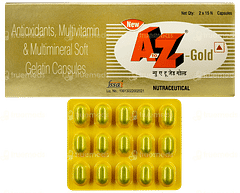
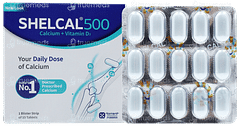


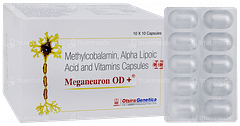


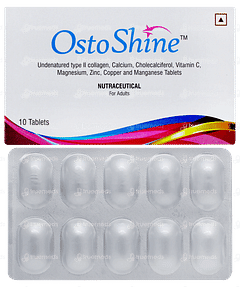

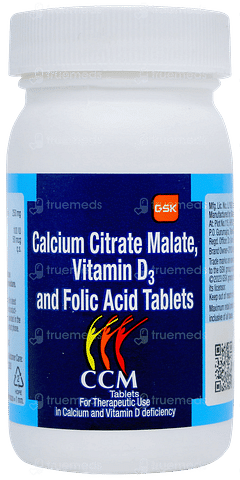

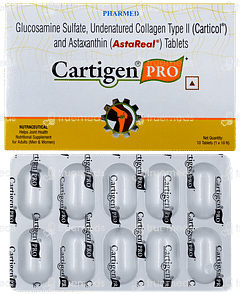


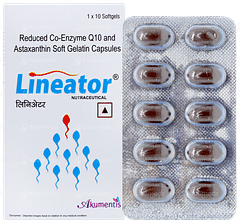


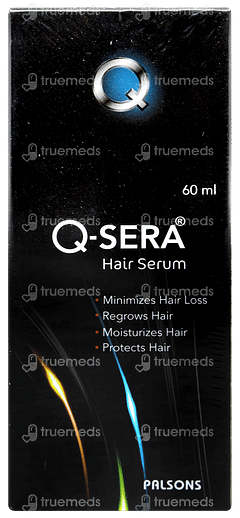


Top-selling ayurvedic products

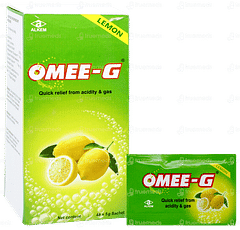
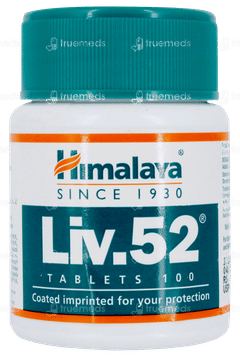
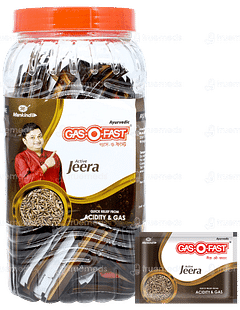
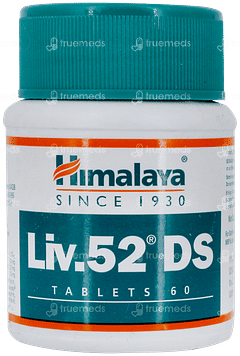

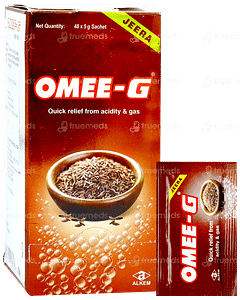
Disclaimer
Top-Selling Medicines:
...View more
Top-OTC medicines:
...View more
Top-selling healthcare devices:
...View more
Company
About UsHealth ArticleHealth StoriesHealth LibraryDiseases & Health ConditionsAyurvedaAll MedicinesAll BrandsNeed HelpFAQSecuritySubscribe
Registered Office Address
Grievance Officer
Download Truemeds
Contact Us
Our customer representative team is available 7 days a week from 9 am - 9 pm.
v4.8.2
2025 - Truemeds | All rights reserved. Our content is for informational purposes only. See additional information.
Our Payment Partners









